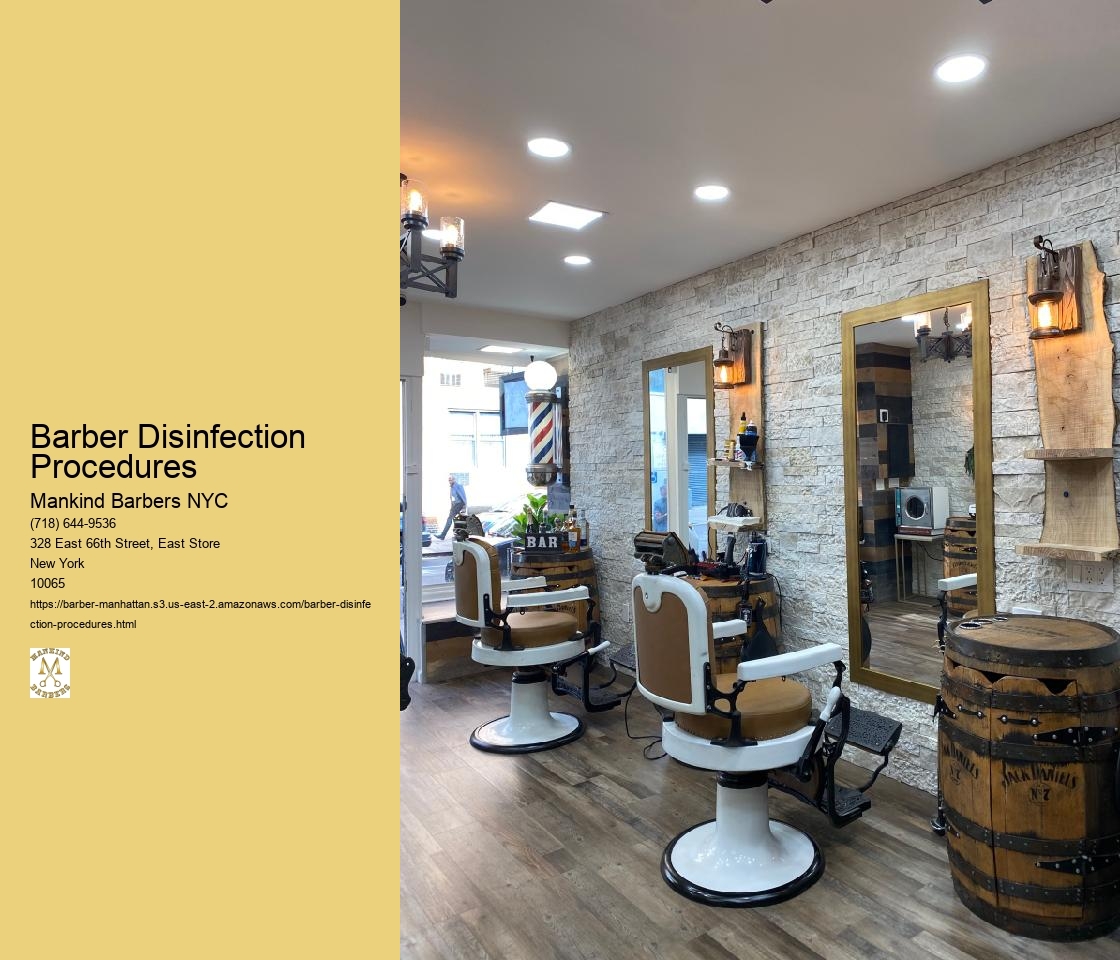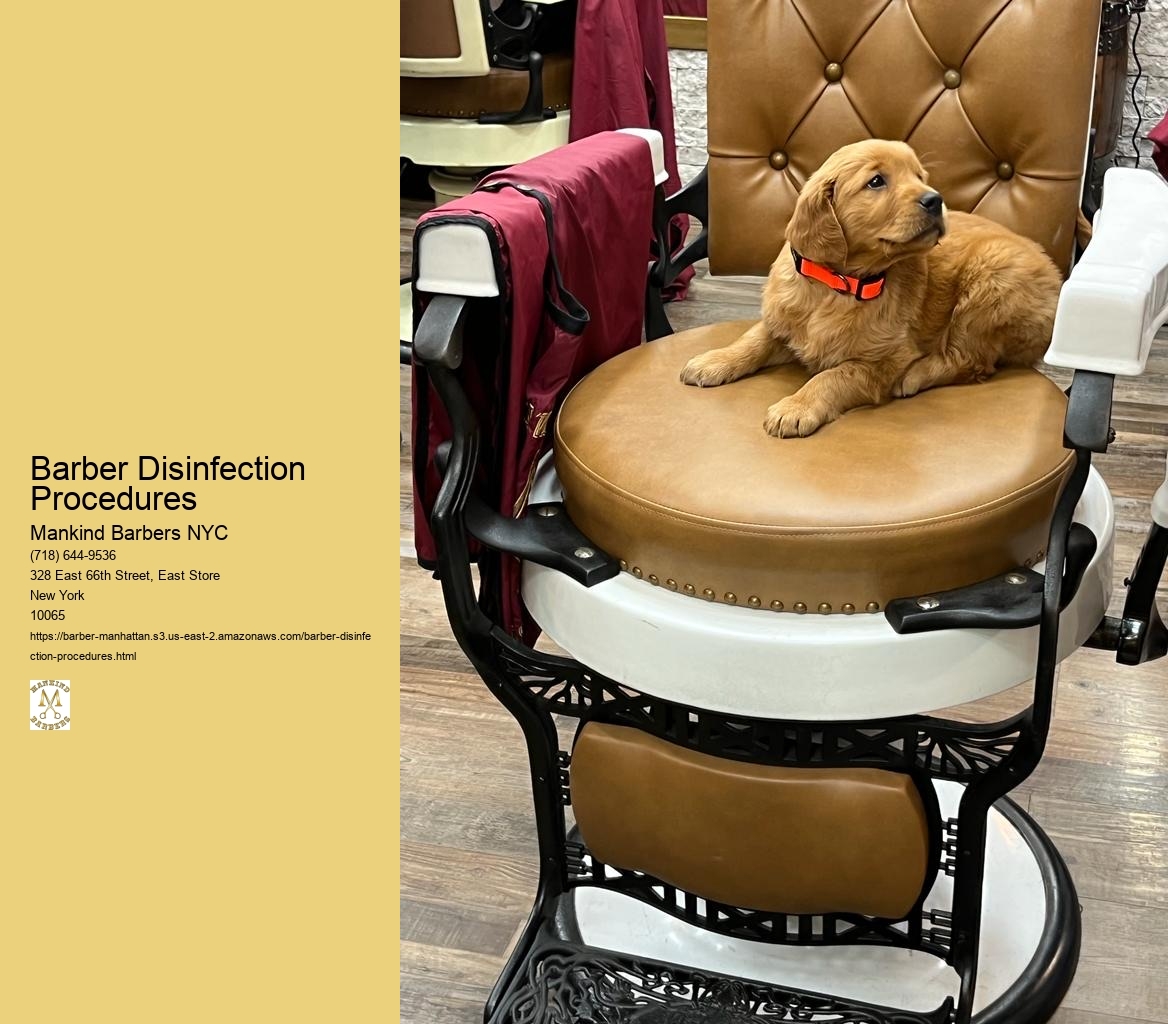

In barbershops, it is crucial to use disinfectants that are specifically formulated to eliminate bacteria, viruses, and fungi commonly found on surfaces and tools. EPA-approved disinfectants such as quaternary ammonium compounds, hydrogen peroxide, and isopropyl alcohol are recommended for use in barbershops to ensure proper sanitation. These disinfectants are effective against a wide range of pathogens, including MRSA, HIV, and Hepatitis B and C, providing a high level of protection for both barbers and clients.
To prevent the spread of infections, barbershops should adhere to specific guidelines for disinfecting barber tools and equipment. It is essential to thoroughly clean and disinfect all tools and equipment between each client using EPA-approved disinfectants. Additionally, implementing a regular schedule for the sterilization of tools such as scissors, razors, and clippers is crucial to maintaining a safe and hygienic environment. Hair Texturizing Products for Men Proper storage of disinfected tools in clean, covered containers further minimizes the risk of contamination.
Barbershops should undergo deep cleaning and disinfection on a regular basis to maintain a safe and hygienic environment. It is recommended to deep clean and disinfect the entire barbershop at least once a day, with a focus on high-traffic areas and frequently touched surfaces. This includes workstations, waiting areas, restrooms, and common areas. Hair Styling Products for Men Implementing a thorough cleaning regimen helps to minimize the risk of cross-contamination and ensures a clean and safe environment for both barbers and clients.

Best practices for disinfecting surfaces and high-touch areas in a barbershop setting involve using EPA-approved disinfectants and following specific protocols. Surfaces such as countertops, chairs, doorknobs, and light switches should be regularly cleaned and disinfected throughout the day, especially between client appointments. Hair Cleansing and Detox Products for Men Using disposable barriers or protective coverings on surfaces that come into direct contact with clients can also help minimize the risk of contamination and facilitate easier cleaning and disinfection.
Barbershops must adhere to specific regulations and standards when it comes to disinfection procedures to ensure compliance with health and safety guidelines. These regulations may include requirements for using EPA-approved disinfectants, maintaining proper records of disinfection activities, and following established protocols for cleaning and sterilizing tools and equipment. Adhering to these regulations helps barbershops uphold a high standard of cleanliness and sanitation, promoting a safe and healthy environment for both staff and clients.

Barbers should take proactive steps to ensure proper hand hygiene and sanitation practices during client interactions. This includes washing hands thoroughly with soap and water before and after each client, as well as using hand sanitizer with at least 60% alcohol content. Additionally, wearing disposable gloves during certain procedures and changing them between clients can further minimize the risk of cross-contamination. Hair Fiber Products for Men (e.g., for balding or thinning hair) By prioritizing hand hygiene and sanitation, barbers can contribute to a safer and more hygienic environment for everyone.
In the event of a known or suspected infectious disease outbreak, barbershops should follow specific disinfection protocols to minimize the risk of transmission. This may involve temporarily closing the barbershop for deep cleaning and disinfection, notifying clients and staff of potential exposure, and cooperating with public health authorities to implement necessary measures. Hair Tonic for Men It is essential to promptly disinfect all surfaces, tools, and equipment using EPA-approved disinfectants and to follow established guidelines for infection control to mitigate the spread of the disease and ensure the safety of everyone involved.

When it comes to addressing damaged hair, men can benefit from using hair masks specifically formulated to nourish and repair. Look for products containing ingredients such as keratin, argan oil, and shea butter, as these can help strengthen and moisturize the hair. Additionally, masks with protein-rich formulas can aid in restoring the hair's health and vitality. Men with damaged hair may also find masks that contain vitamins and antioxidants beneficial for promoting overall hair health. It's important to choose a hair mask that suits individual hair needs, whether it's for strengthening, moisturizing, or repairing damage caused by styling or environmental factors.
Matte and glossy hair pomades differ in their finish and texture. Matte pomades provide a natural, non-shiny look, creating a more subtle and textured appearance. They are ideal for achieving a more relaxed and casual hairstyle. On the other hand, glossy pomades offer a shiny and polished finish, providing a sleek and refined look. They are perfect for creating more formal and sophisticated hairstyles. The choice between matte and glossy pomades ultimately depends on the desired style and the level of shine one wishes to achieve. It's important to consider the hair type and the overall look when selecting the most suitable pomade for a specific hairstyle.
When seeking a hair paste for a sleek and polished look, it's essential to consider products that offer strong hold, shine, and manageability. Look for hair pastes with ingredients like beeswax, lanolin, or polymers, as these can provide the necessary hold and control for a polished finish. Additionally, opt for products that mention "sleek" or "smooth" on the packaging, as these are likely formulated to deliver the desired result. Consider hair pastes that offer a matte or high shine finish, depending on personal preference. It's also beneficial to choose a product that is easy to wash out and doesn't leave residue, ensuring a clean and polished appearance. When shopping for a hair paste, keep an eye out for terms like "grooming paste," "styling paste," or "texturizing paste," as these are often designed to create a sleek and polished look.
When selecting a hair serum for frizzy hair, it's essential to consider the specific needs of your hair. Look for serums that are formulated to tame frizz, smooth the hair cuticle, and provide moisture without weighing the hair down. Opt for serums containing ingredients such as argan oil, coconut oil, shea butter, or keratin, as these can help to nourish and hydrate the hair while combating frizz. Additionally, consider serums with anti-humidity properties to shield the hair from environmental factors that can exacerbate frizz. It's also beneficial to choose a serum that offers heat protection if you frequently use heat styling tools. When shopping for a hair serum, keep an eye out for terms like "smoothing," "anti-frizz," "hydrating," and "shine-enhancing" to ensure you're selecting a product specifically designed to address frizz-prone hair.
When selecting a hair serum for men with beard growth stimulation, it's important to look for products that contain ingredients known to promote hair growth such as biotin, caffeine, castor oil, and argan oil. These ingredients have been shown to stimulate hair follicles and promote healthy beard growth. Additionally, choosing a serum that is specifically formulated for men's facial hair can ensure that it addresses the unique needs of beard hair, such as coarseness and thickness. Look for serums that are lightweight and non-greasy to avoid weighing down the beard and causing discomfort. It's also beneficial to opt for a serum that offers moisturizing and conditioning properties to keep the beard soft and manageable. Reading customer reviews and seeking recommendations from trusted sources can also help in finding the most effective hair serum for beard growth stimulation.
When it comes to addressing the effects of hard water and chlorine exposure on men's hair, it's essential to choose a clarifying shampoo that effectively removes mineral buildup and residue. Look for shampoos formulated with chelating agents such as EDTA or citric acid, which help to break down and remove mineral deposits from hard water and chlorine. Additionally, seek out shampoos with ingredients like activated charcoal or tea tree oil, known for their purifying and detoxifying properties. Brands like Paul Mitchell, Redken, and Malin + Goetz offer clarifying shampoos specifically designed to combat the effects of hard water and chlorine exposure, leaving the hair clean, refreshed, and free from buildup. These shampoos are ideal for men seeking to maintain healthy, vibrant hair despite environmental challenges.